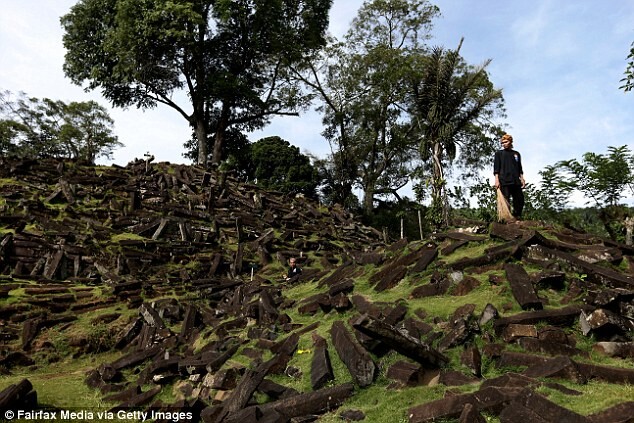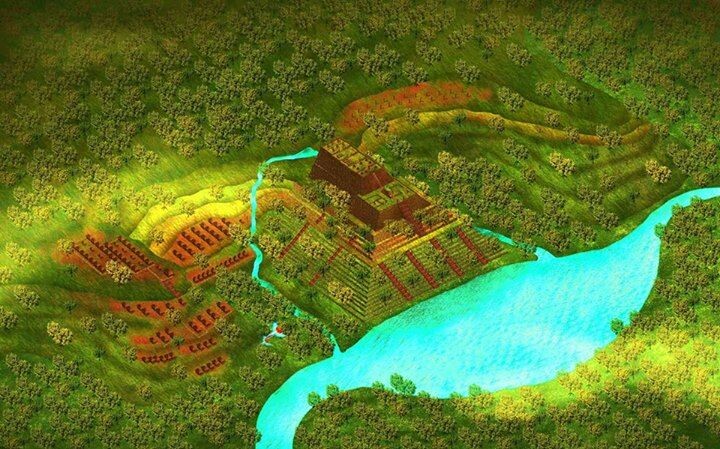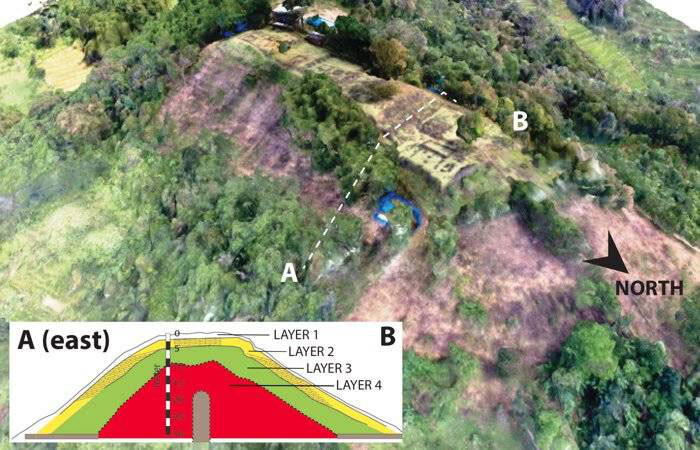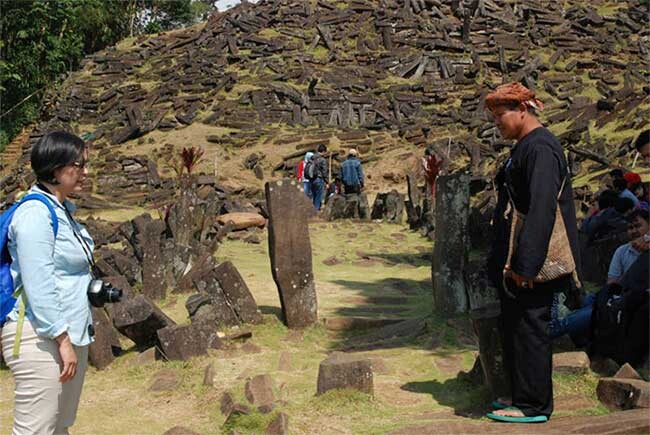In Southeast Asia, there is also a Pyramid, the embodiment of an advanced but extremely mysterious civilization.
Referring to the pyramids, people immediately think of Egypt with a rich history and culture. The shape of the Egyptian Pyramids is thought to represent the primordial mound from which the Egyptians believed the Earth was created, as well as the sun’s rays. To date, scientists have found 138 pyramids in Egypt.
However, few people know that in Southeast Asia there is also a very special pyramid. It is even considered the oldest pyramid on Earth, which archaeologists have not yet identified.

Gunung Padang was first discovered in 1914.
According to geologist Dr. Danny Hilman, an area in West Java (in Indonesia) needs more attention because there is an ancient temple built in the period about 9,000 to 20,000 years ago. That is Gunung Padang – evidence that an extremely large civilization was formed a long time ago but never really existed in current studies.
Gunung Padang, a name meaning “Mountain of Light”, was first reported in 1914, nestled among volcanoes, banana groves and tea gardens, at an altitude of 2,903ft (886m) above sea level. sea level and about 75 miles (120km) south of the capital Jakarta.
According to the researchers, Gunung Padang is the last pyramid in Southeast Asia and they speculate that, beneath the raised ground, there are countless rooms, tunnels, overgrown trees, walls and areas. The surrounding area is covered with dense vegetation that has grown on this monument over the centuries.

The steps, surrounded by stone walls, consist of 400 steps and are about 311ft (about 95m) high.

A rendering of the Gunung Padang relic.
The World’s Oldest Pyramid
The structure below the hill seems very massive. Researchers estimate that it is three times larger than Java’s famous Borobudur temple complex. But what its purpose is and whether there is an underground tomb remains a mystery.
What confuses scientists the most is the complexity of the pyramids. The site is thought to have been inhabited and remodeled many times, as evidenced by its distinctive layers of texture.



Until now, the official documents about Gunung Padang are quite few and unclear.
The floor just below the surface of the present-day grassy hill appears to have been built by a people who inhabited the area around 600 BC. But they are not the first in this place.
The deeper you drill down, the more mysterious this mystery becomes. Initially, Gunung Padang was dated to be at least 5,000 years old, then 10,000 years old and finally 20,000 years old.
According to Live Science, the “heart” of the pyramid, the deepest layer, appears to have been built a long time ago, with the oldest parts dating back to around 25,000 BC.
If this deepest carbon dating is correct, then Gunung Padang not only “beats” the other pyramids in Egypt in terms of age, but it also precedes the first recognized civilization in Mesopotamia.
Until now, the official documents about Gunung Padang are quite few and unclear. If this work is discovered, perhaps scientists need to rewrite history for the prehistoric period. At the same time shedding light on an extremely advanced but extremely mysterious ancient civilization.
Source: kenhthoisu








